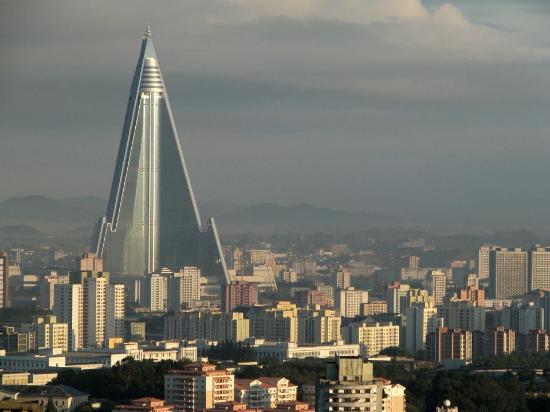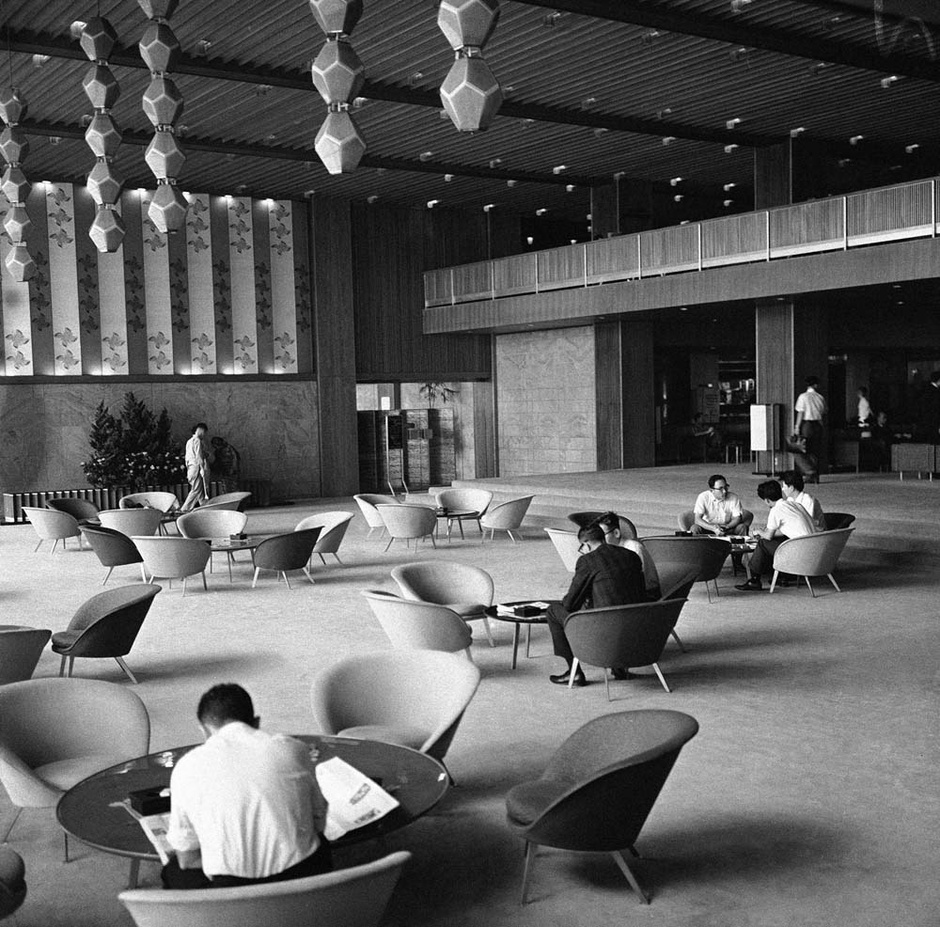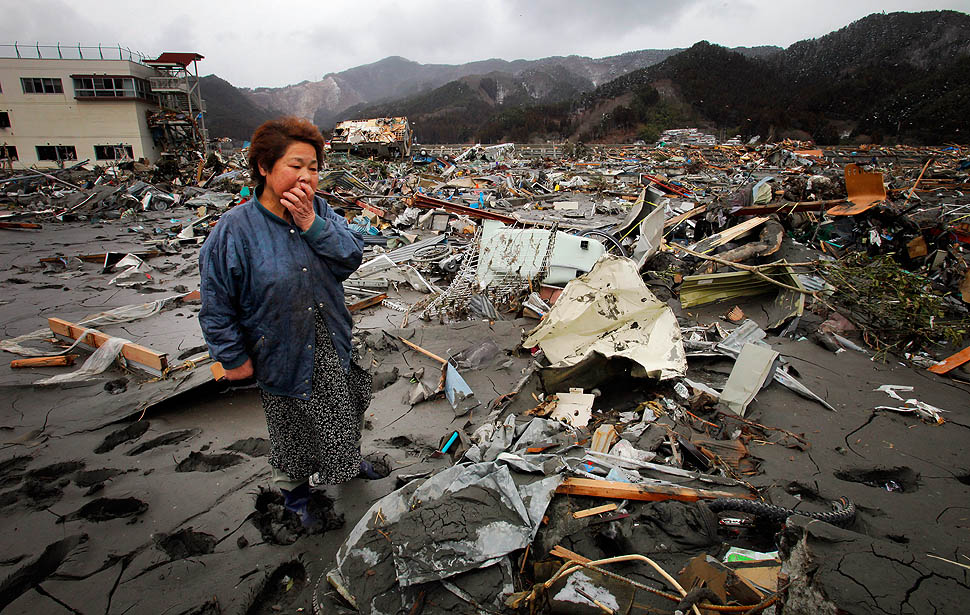How different would the world be if everyone could write as immaculately as Pico Iyer?
In a NYRB essay, he meditates on Las Vegas and Pyongyang, two vastly different symbolic cities that are each rooted in a denatured fantasy, both of them oases or mirages, depending on if your wager can conquer the long odds or not. In the former, you’ll likely get taken, and in the latter you might get killed. An excerpt:
Any of us could, of course, list the differences between the two cities of mirages. The one is a shameless efflorescence of capitalism that is, for its enemies, a glittering symbol of the decadence and emptiness of the West; the other the world’s last by-the-book, state-controlled monument to Stalinist brutality, whose forty-story blocks are consciously designed to cow citizens and remind them that it’s a privilege never to leave their hometowns without permission or to be executed simply for glimpsing a foreign newspaper.
The one is a sort of adolescent’s Girls Gone Wild vision of freedom run amok, in which visitors are encouraged to believe that you can do and be anything you like, for a night; the other is a terrifying model of order and regimentation in which even the woman who chatted me up on a showpiece subway train might well have been a prop set there by the government. While drunken frat boys get themselves photographed next to bikini-clad showgirls dressed as flamingoes on Las Vegas Boulevard, in Pyongyang every visitor—on every visit—is obliged to get up in jacket and tie, pass through a dust-cleaning machine, and bow before the embalmed figures of the nation’s two departed leaders. When Hunter Thompson wrote, “For the loser, Vegas is the meanest town on earth,” he hadn’t been to Pyongyang, where even the sometime-winners are abruptly sent before the firing squads.
Yet both cities are products of a mid-twentieth-century spirit that saw what power and profit could be found in constructing mass fantasies ab nihilo—in the deserts of the West, out of the rubble of the Korean War.•




